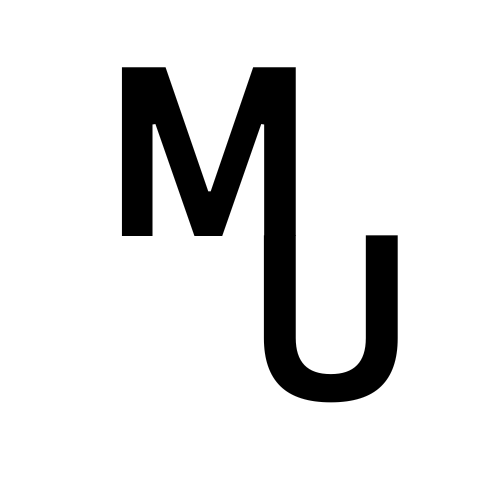### Background Research for the Article:
The rise of generative artificial intelligence (AI) marks a transformative shift in many fields, including literature, art, and various forms of content creation. Technologies like ChatGPT – developed by OpenAI – and Midjourney are at the forefront of this revolution. They utilize advanced algorithms to generate human-like text or visually stunning images in mere moments.
**Generative AI** is primarily based on machine learning, allowing systems to learn from massive datasets to recognize patterns and create new outputs based on what they have learned. For example:
1. **ChatGPT** can produce essays, stories, dialogues, and more that mimic natural human communication.
2. **Midjourney**, on the other hand, focuses on visual arts by generating images that artists or designers might create.
While these tools are hailed for their efficiency and ability to address content demands rapidly—especially in industries where speed is crucial—they bring forth significant concerns about quality control and job displacement.
One of the primary risks associated with generative AI is its implication for *creativity*. Critics argue that reliance on such technologies could devalue genuine human input in creative endeavors. Human creativity often involves emotional connections, unique perspectives shaped by individual experiences, and nuanced understanding—qualities difficult for machines to emulate completely.
Moreover, there are broader societal implications tied to economic factors: As businesses increasingly adopt automated solutions like generative AI tools under the justification of cost-effectiveness—even sacrificing quality—there’s a looming threat of replacing skilled human workers across various sectors.
### FAQ for the Article
#### 1. What is generative artificial intelligence (AI)?
Generative AI refers to computer programs designed to create new content based on learned data patterns without direct human intervention. This includes anything from writing articles and creating music or art pieces.
#### 2. What are some examples of generative AI?
Notable examples include:
– **ChatGPT:** A chatbot capable of producing coherent text responses mimicking conversational language.
– **Midjourney:** An advanced tool specifically focused on generating artistic visuals based upon user prompts.
#### 3. How does generative AI work?
These systems use machine learning algorithms trained on extensive datasets which teach them how humans communicate or create art effectively over time—allowing them to construct new outputs similar in style but original in content using statistical models rather than conscious thought processes.
#### 4. What risks do these technologies present?
Several risks accompany these advancements:
– The potential erosion of human creativity as people may rely more heavily upon algorithm-generated results instead.
– Possible economic implications could lead numerous skilled professionals towards displacement within industries more prone than others toward automation.
#### 5. Can this technology produce high-quality output comparable with human creators?
While advances have been made leading some outputs resembling professional-grade work (particularly when constrained within specific templates), there remains skepticism regarding depth—the understanding behind creative nuances often absent due simply presenting information cohesively into readable formats without true insightfulness manifested through experience-based contexts guiding traditional artistic tasks being executed traditionally by skilled artisans focusing meaningfully themselves alone!
#### 6.Given current trends associated around cost-cutting measures among organizations– should we expect continued increases amid deployment?
Yes! As businesses look everywhere possible towards reducing expenses wherever feasible—including using less labor-intensive methods devoted minimize overhead involved sometimes results were getting lost along way too!
In essence then even though promising moderate selected instances suffice startups eager capitalize burgeoning techs while conversely effects resulting longer-term repercussions impacting generations/player roles decision-making occurring amongst stakeholders open actually engaging deeper explorations required validly ensuring healthy equilibrium exists before allowing unchecked utilization directly shape future landscapes justifiably benefits all parties participating actively collaborating creatively maximize potentials expressed leverage harnessed wisely!
Originamitteilung:
„Generative Künstliche Intelligenz“ wie ChatGPT oder Midjourney bietet die Möglichkeit, voll automatisiert Texte und Bilder in rasanter Geschwindigkeit zu erstellen. Diese Technologien sind jedoch nicht ohne gesellschaftliche Risiken: Sie suggerieren die Ersetzbarkeit menschlicher Kreativität – und wo man schlechte Qualität in Kauf nimmt, um Kosten zu vermeiden, wird menschliche Leistung perspektivisch ersetzt.
